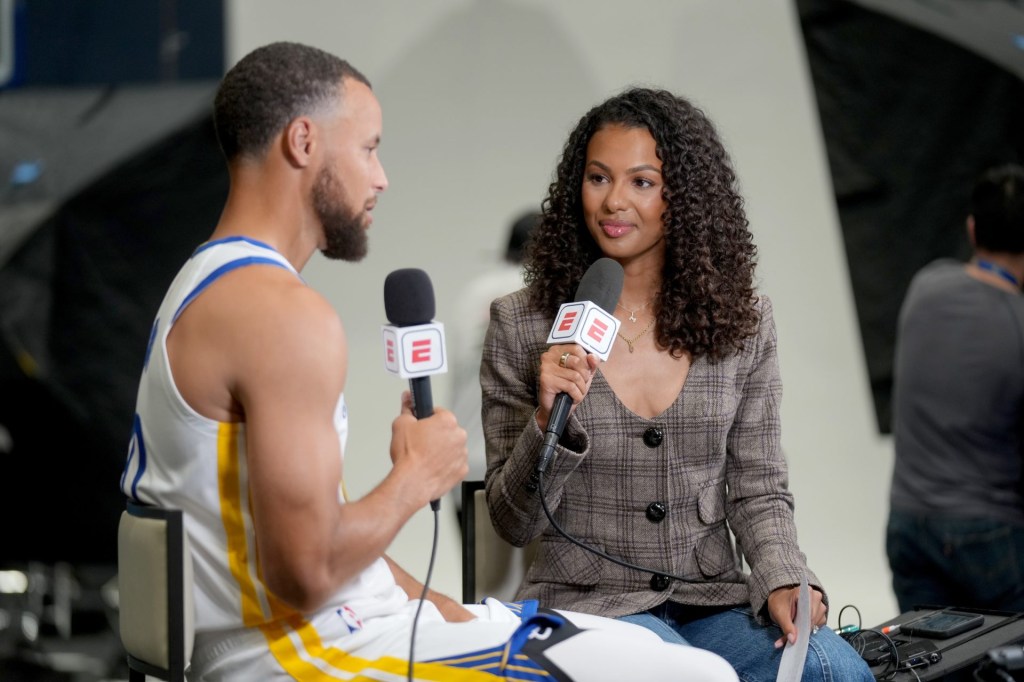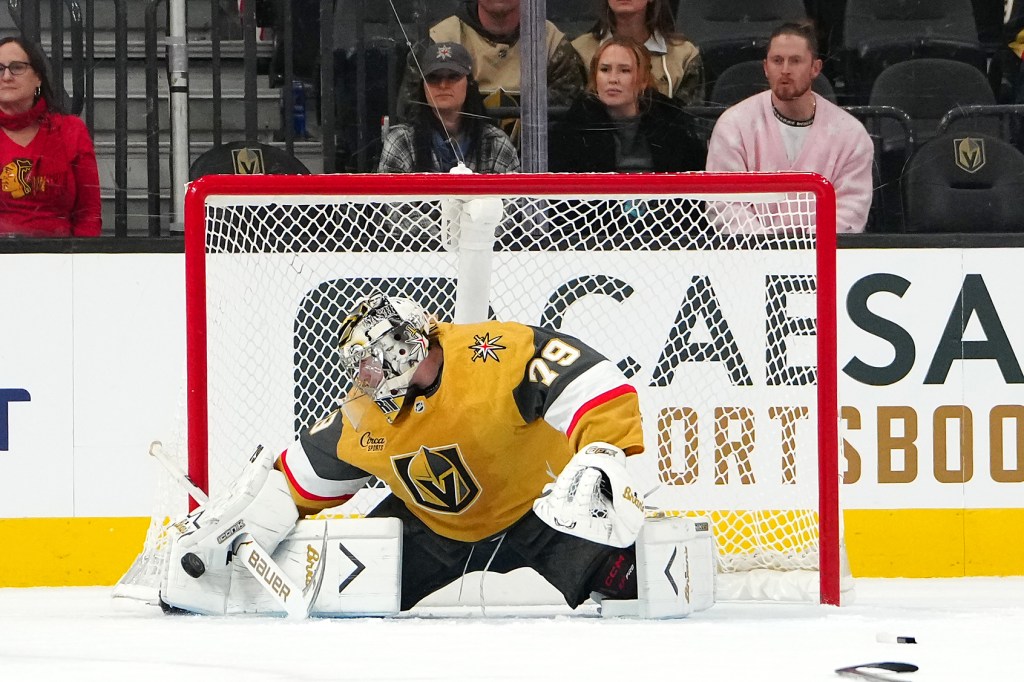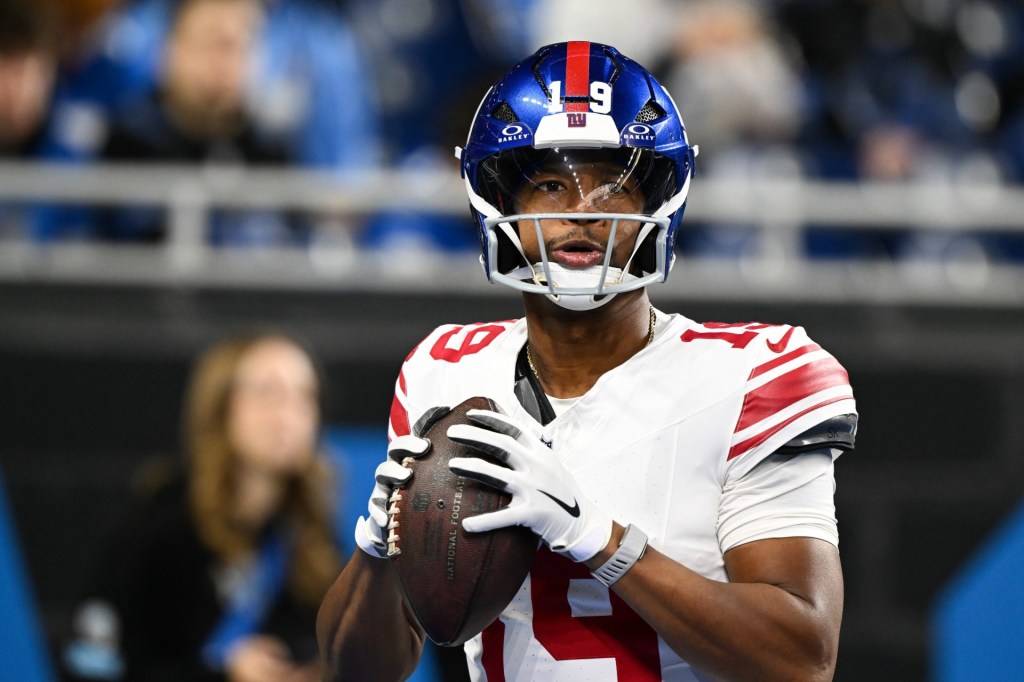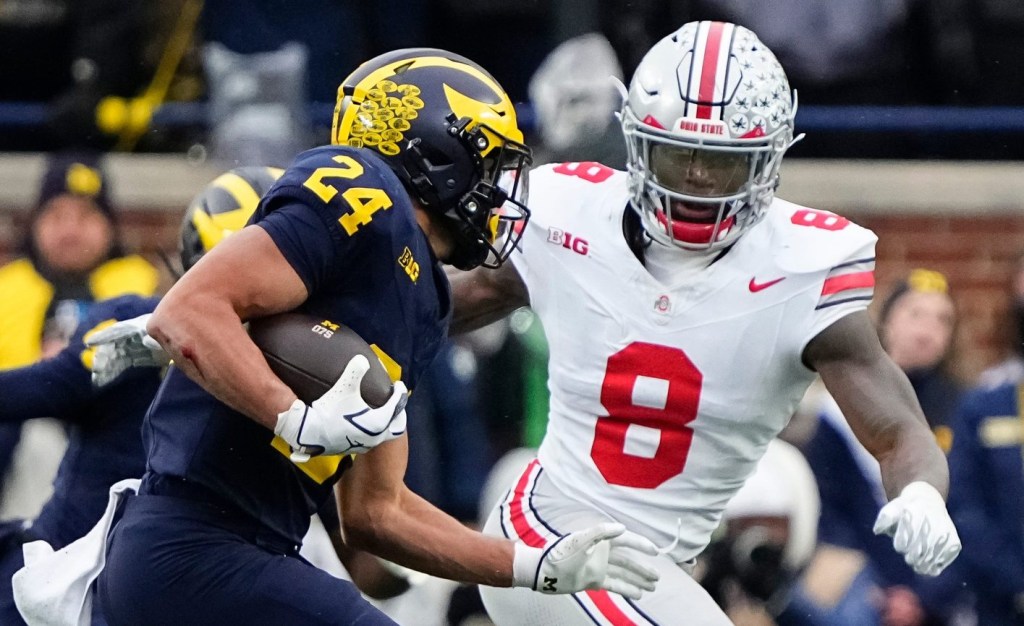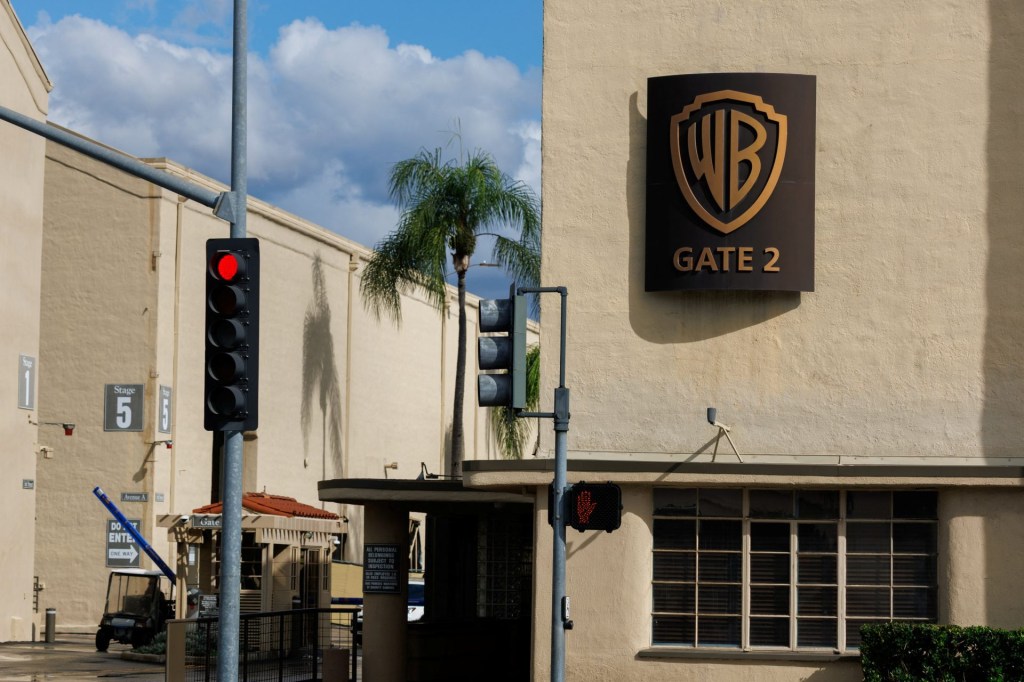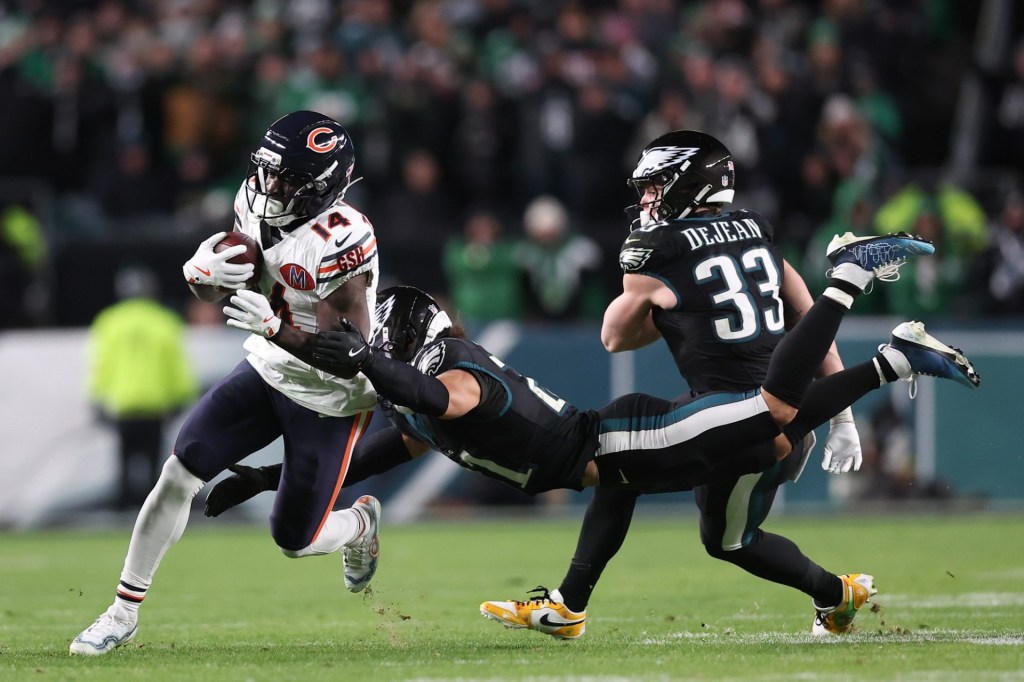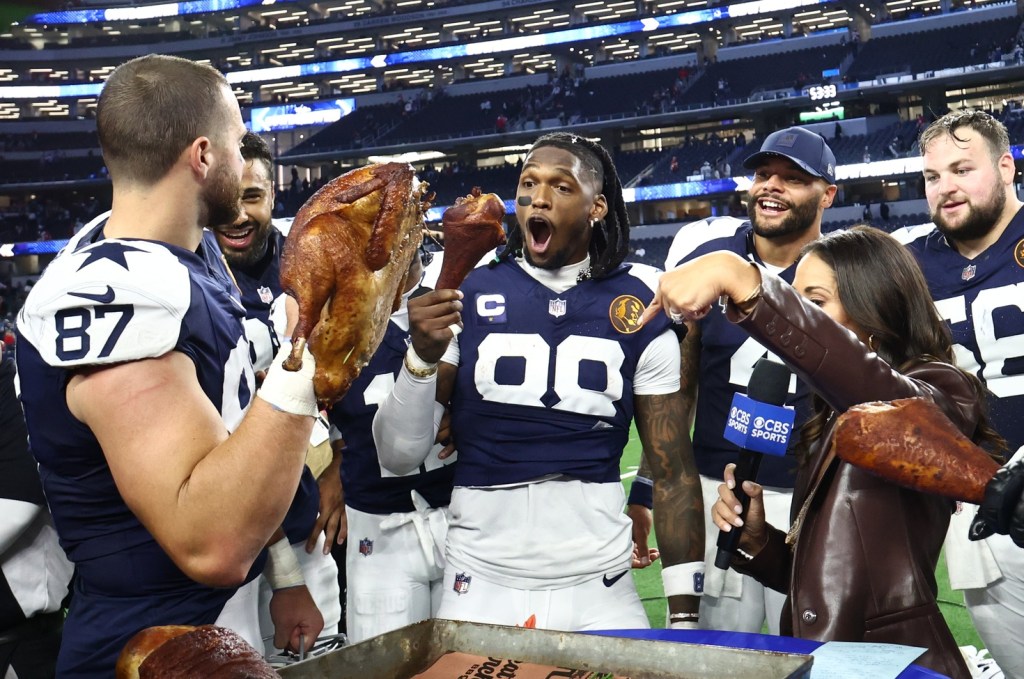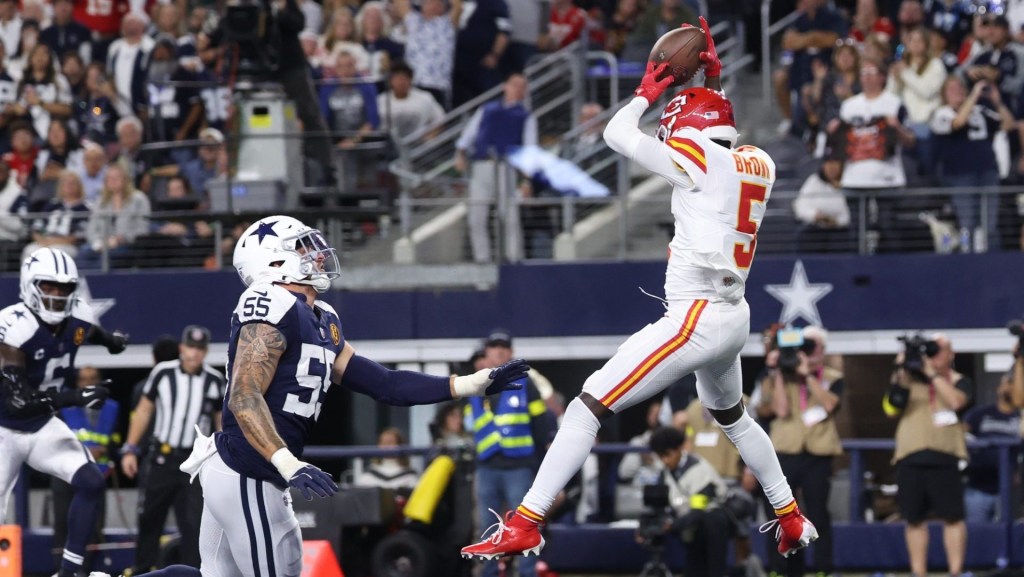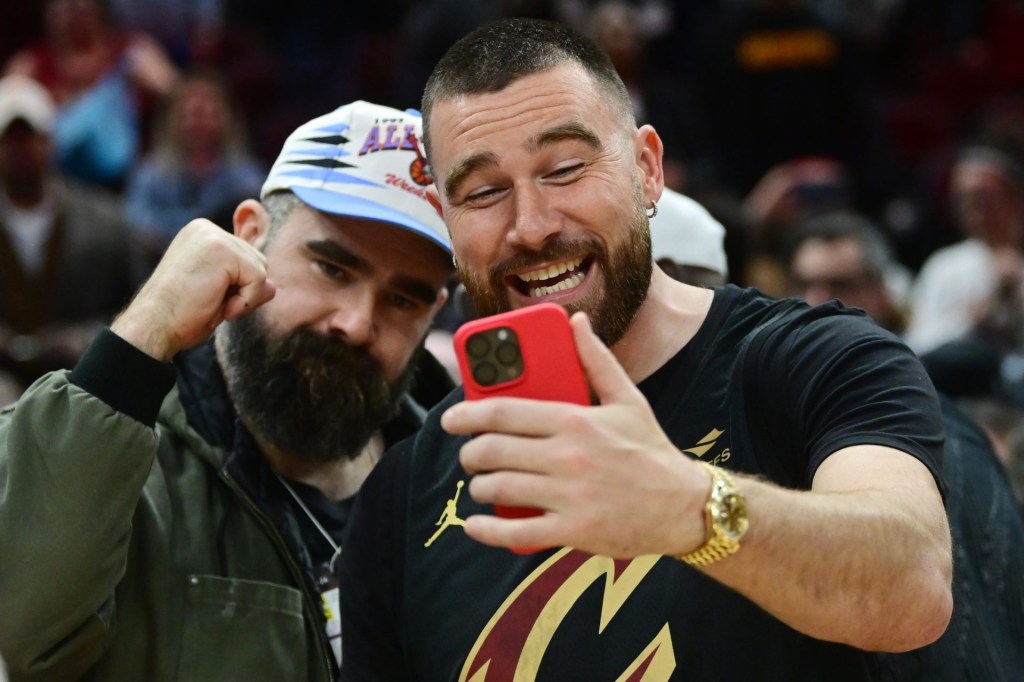Sports Illustrated has confirmed a Front Office Sports story that it will place its “premium” content behind a paywall starting Feb. 2.
The legacy media brand has offered its content free for decades at SI.com. But paywalls have become a strategic publishing necessity to survive today’s sports media economy, said Ryan Hunt, SI’s Co-Editor-in-Chief.
“First and foremost, we need to find a way for this business to continue to thrive,” Hunt told FOS in an interview. “We’ve had millions of subscribers to the print product. The readership has always valued that. We see our digital content in a lot of the same way.”
Starting Tuesday, the Maven-owned SI will install what’s called a “metered” paywall. Readers will be able to read five free pieces of “premium” content per month from writers like Tom Verducci, Pat Forde, Jenny Vrentas, Howard Beck and Albert Breer before they’re asked to subscribe. SI will try to leverage its history of award-winning reporting and photography to drive subscriptions.
— What will it cost? SI will charge $1 the first month. But the eventual list price will be $5.99 a month, according to Hunt. Or consumers can choose an annual subscription of $69.99 that bundles both digital access and SI’s flagship magazine, which publishes 16 times a year.
“That’s one of the differentiators that we have compared to other sports subscriptions. They don’t have the print product,” noted Hunt. As a bonus, digital subscribers will also get an “early peek” at what’s planned for the magazine, plus, subscriber-only stories, Q&A’s, members-only newsletters and special photography.
“There’s going to be a lot of things we will bake in over time to add value for people who are subscribing to us,” Hunt said.
— What will go behind the paywall? The popular “Monday Morning Quarterback” column, which includes reporters Vrentas and Breer; all of SI’s top writers, including veteran baseball scribe Verducci, who doubles as a commentator for Fox Sports; and recently hired Senior Writers Forde and Beck.
Despite the losses of many top talents, SI still has some of the best sportswriters in the business, Hunt said. “I’m excited about our future at Sports Illustrated. I’m bullish about what our potential is — and still can be. We’re leaning into what our strengths have been for more than 60 years.”
Digital subscribers will get unlimited access to SI’s famous Archives, featuring over 65 years of award-winning reporting, covers, and photo galleries.
Many readers rediscovered the power of the Archives after the death of baseball legend Hank Aaron on Jan. 22, according to Hunt. They were able to read stories about one of baseball’s all-time greats dating back to the 1950s.
“There’s no other sports organization that covered Henry Aaron’s career with the depth and perception that Sports Illustrated has,” said Hunt. “His first season in the big leagues [1954] was SI’s first season…One of the best stories in SI history is when he broke [Babe Ruth’s HR] record in 1974. That’s a huge advantage. And one that we haven’t really leveraged as much. Not just the articles but the photography.”
— What will stay outside the paywall? SI.com readers will still be able to read breaking news — what Hunt calls the “Who, what, when and why of sports” — for free. These posts won’t count toward the meter.
SI’s “FanNation” network of team-focused sites will also remain free. The network features dozens of individual websites dedicated to NFL and NBA teams, plus major college sports programs.
SI.com attracted 38 million online readers in January, according to Hunt.
— Will Swimsuit still be free? Yes, the Swimsuit franchise will continue to be available for free at SI.com. But the franchise is managed separately, according to Hunt.
The monthly $5.99 price tag puts SI’s paywall in the same ballpark as its two chief competitors: The Athletic and ESPN. The advertising-free Athletic, staffed by many ex-SI writers and editors, currently charges either $4.99 a month for an annual subscription (with 7 days free) or $7.99 per month.
ESPN, meanwhile, charges either $5.99 a month or $59.99 a year for its ESPN+ streaming service. Customers get exclusive access to UFC fight cards, streaming shows such as Peyton Manning’s “Peyton’s Places” as well as up to 3,000 articles a year from writers like Jeff Passan, Mel Kiper Jr. and Buster Olney. Subscribers can also bundle ESPN+ with Disney+ and Hulu for $12.99 a month. Similar to SI’s plan, breaking news remains free on ESPN.com.
Despite layoffs and turmoil under Maven management, SI boasts a heritage that few sports brands can match. The magazine still has 1.7 million subscribers. Generations of sports fans have grown up reading the magazine’s award-winning writers, including Peter King, Rick Reilly, Gary Smith, Frank Deford and Dan Jenkins.
These fans remember all the nostalgia: Memorable covers with Michael Jordan, Tiger Woods and LeBron James, the premium storytelling, the access to the world’s best athletes and images. If they trust they can get what they loved about the magazine through SI’s digital offerings, then SI’s plan will succeed, said Hunt.
“Part of the evolution of our digital operation is leaning into our strengths as an organization. What people think of Sports Illustrated. The feelings that they have for the brand. We have it too,” he said. “I think there’s a lot of people who love and respect what this brand has been for more than 60 years. Our objective is to take in the direction that has resonated with people that long.”
SI is not planning further layoffs, according to Hunt. Instead, he cited the hires of Beck, Forde, NBA reporter Michael Pina and staff editor Chris Almeida from The Ringer as a sign SI is in “growth” mode again. Due to the COVID-19 pandemic, SI staff are currently operating virtually. But Hunt expects most of his editorial team to eventually return to their New York newsroom.
Hunt is also “incredibly proud” of the new “Daily Cover” feature story at SI.com, which he calls the “signature piece” of the day. Recent features include one by Beck on Kobe Bryant’s enduring influence on the NBA, and one by Greg Bishop on Super Bowl-losing teams’ attempts at returning to the Big Game the following year. Daily Cover stories will be included in digital subscriptions.
Said Hunt: “More outlets are shying away from [long-form stories]. It’s an opportunity for us in the marketplace. When people think of premium storytelling and elite journalism, Sports Illustrated should be top of the list.”
Paywalls are nothing new in the media business. Consumers have always paid for news and entertainment one way or another. The New York Times, The Wall Street Journal and The Washington Post have all built successful and profitable paywalls around their content.
The key is to offer something of real value in an overcrowded media market, said Jed Willams, Chief Revenue Officer of Lookout Local, a network of membership and reader-driven local news sites
“This starts with truly differentiated, desirable content in a digital world of abundance. Does the content value proposition break through? Is it scarce and uniquely valuable?” Williams asks. “If so, and assuming it finds the right audiences in the right context, those audiences should assign value to it [and] be willing to pay to access it.”
Of course other sports media brands suffered financial fallout from the COVID-induced shutdown last year. ESPN, long regarded as the safest career choice, laid off 300 employees in November and declined to fill another 200 open positions. NBC Sports just announced it will shutter its NBC Sports Network by the end of the year. The Athletic and Fox Sports also suffered through layoffs and job cuts in 2020.
Yes, SI still has superstar fans like James, who gave the magazine’s Lee Jenkins the exclusive on his return to the Cleveland Cavaliers from the Miami Heat in 2014. But in a changing media environment, legacy brands like SI have to adapt too, said Hunt.
“There’s a reason why LeBron holds SI covers in such esteem. Part of the culture is the cover of SI,” Hunt said. “But the industry is changing. We understand that. We have to be reactive to that. But also understand what we can do to make sure that the business is thriving for years to come.”

